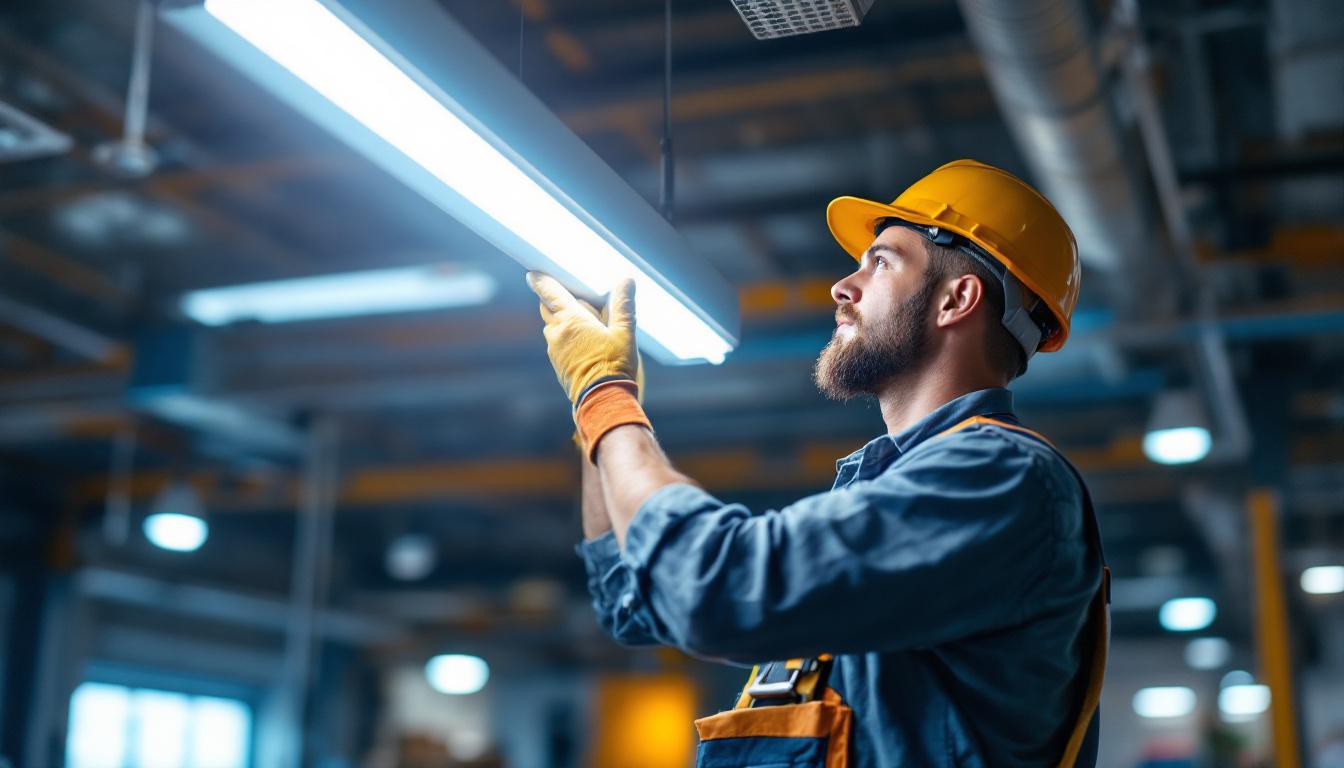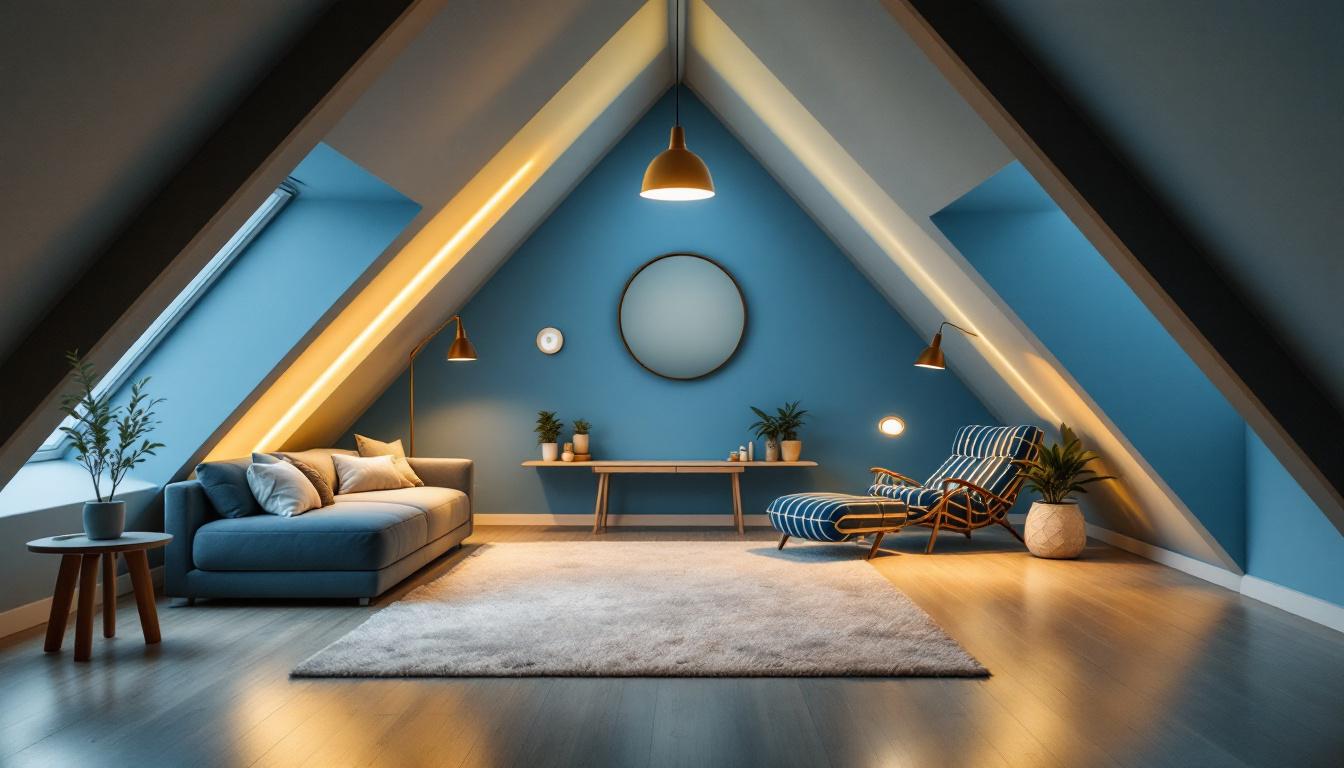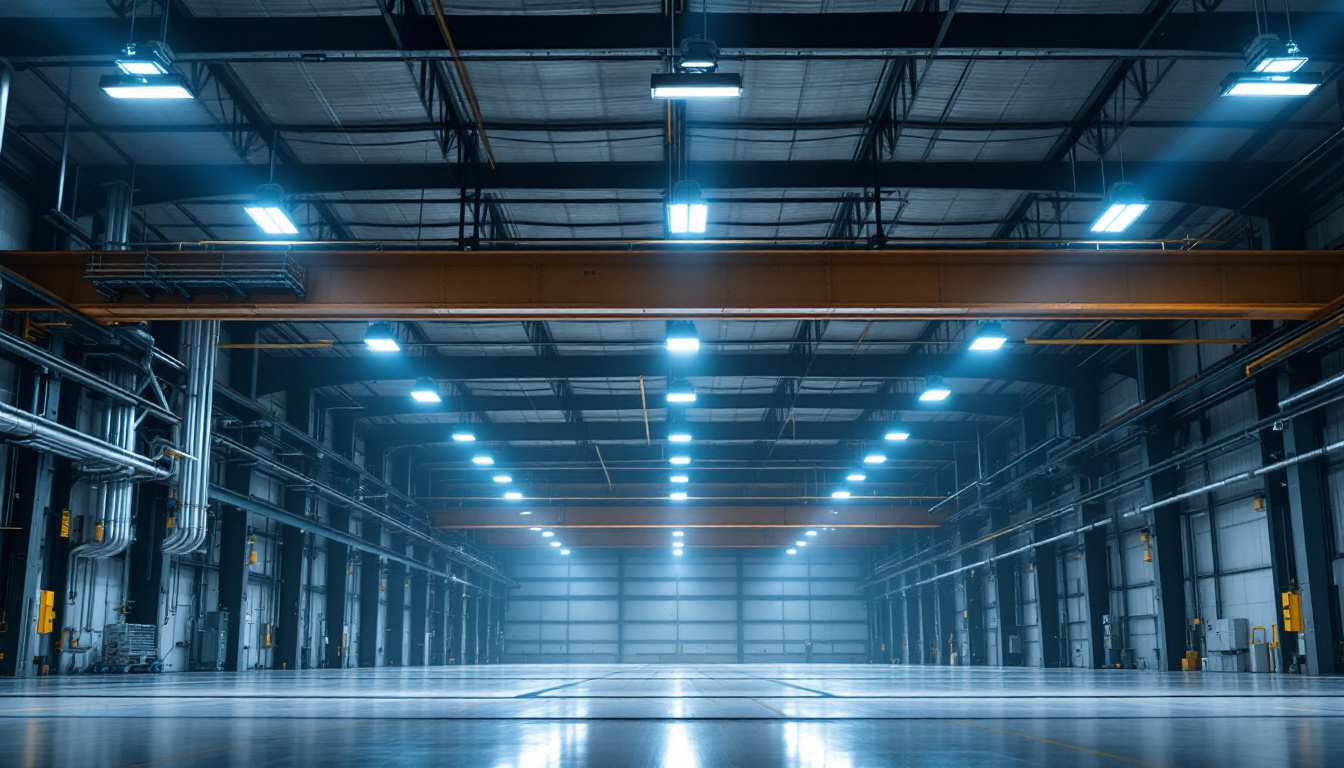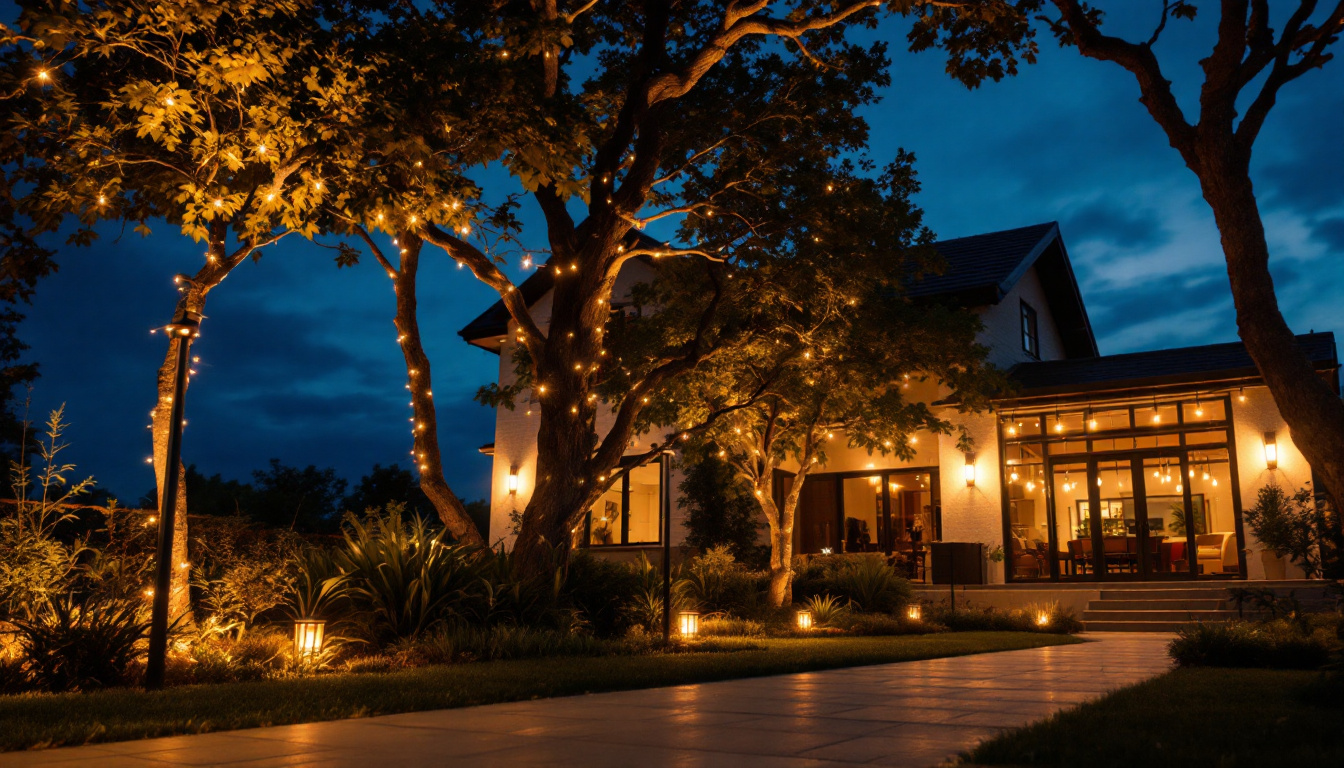
In the world of electrical and lighting installation, the tools of the trade are crucial for ensuring quality work and customer satisfaction. Among these tools, the two lamp fluorescent fixture stands out as an essential component for lighting contractors. Its versatility, efficiency, and effectiveness make it a staple in both residential and commercial projects. This article delves into the significance of two lamp fluorescent fixtures, their advantages, and best practices for installation and maintenance.
Two lamp fluorescent fixtures are designed to hold two fluorescent lamps, providing ample illumination for various settings. These fixtures are commonly used in offices, schools, warehouses, and even homes, thanks to their energy efficiency and long lifespan. Understanding the mechanics and benefits of these fixtures is vital for lighting contractors aiming to deliver high-quality installations.
A typical two lamp fluorescent fixture consists of several key components: the housing, ballast, reflectors, and lamps. The housing is usually made of durable materials like steel or aluminum, providing protection and support for the internal components. The ballast is crucial as it regulates the current and voltage supplied to the lamps, ensuring they operate efficiently.
Reflectors enhance the distribution of light, maximizing the fixture’s output and minimizing dark spots. The lamps themselves come in various sizes and color temperatures, allowing contractors to choose the right option for each specific application. Understanding these components helps contractors make informed decisions during installation and maintenance. Furthermore, many modern fixtures now come equipped with advanced features such as integrated sensors for occupancy and daylight harvesting, which can further enhance energy savings and improve the overall efficiency of the lighting system.
When it comes to two lamp fluorescent fixtures, the choice of lamps can significantly impact performance. Common types include T8 and T12 lamps, with T8 being the more energy-efficient option. T8 lamps are smaller in diameter and provide better light output per watt, making them a preferred choice for many contractors.
Additionally, the color temperature of the lamps can affect the ambiance of a space. Warmer tones (around 3000K) create a cozy atmosphere, while cooler tones (around 5000K) are ideal for work environments where clarity and focus are paramount. Understanding these nuances allows contractors to tailor their lighting solutions to meet client needs effectively. Beyond just the color temperature, the choice of lamps can also influence color rendering index (CRI), which is essential in environments where color accuracy is critical, such as in design studios or retail spaces. A higher CRI means that colors appear more vibrant and true to life, enhancing the overall aesthetic of the environment.
Two lamp fluorescent fixtures offer numerous advantages that make them an attractive choice for lighting contractors. From energy efficiency to cost-effectiveness, these fixtures provide benefits that can enhance both the contractor’s reputation and the client’s satisfaction.
One of the most significant benefits of two lamp fluorescent fixtures is their energy efficiency. Compared to traditional incandescent bulbs, fluorescent lamps consume significantly less energy while providing the same amount of light. This efficiency translates to lower electricity bills for clients, making it a selling point for contractors.
Moreover, many fluorescent lamps have a longer lifespan than incandescent bulbs, reducing the frequency of replacements. This longevity not only saves clients money but also minimizes the environmental impact, aligning with the growing demand for sustainable practices in the lighting industry. Additionally, the reduced heat output of fluorescent fixtures contributes to a cooler environment, which can be especially beneficial in commercial settings where temperature control is crucial for both comfort and productivity.
In addition to energy savings, two lamp fluorescent fixtures are often more cost-effective in terms of initial investment. While the upfront cost may be slightly higher than traditional fixtures, the long-term savings on energy and maintenance make them a wise choice. Contractors can present this information to clients, highlighting the value of investing in quality lighting solutions.
Furthermore, the availability of rebates and incentives for energy-efficient lighting upgrades can further reduce costs for clients. Contractors who stay informed about these programs can provide additional value to their customers, enhancing their service offerings. It’s also important to note that two lamp fluorescent fixtures are versatile and can be used in a variety of settings, from offices to warehouses, making them a practical choice for contractors looking to expand their project portfolio. Their adaptability allows for creative lighting designs that can improve the overall aesthetic of a space while maintaining functionality.
Proper installation of two lamp fluorescent fixtures is crucial for optimal performance and longevity. Following best practices not only ensures a successful installation but also builds trust with clients, leading to repeat business and referrals.
Before installation, it is essential to plan the layout of the fixtures carefully. Consider the size and shape of the space, as well as the specific lighting needs of the area. For instance, in a large warehouse, fixtures should be spaced to provide even illumination without creating shadows or dark spots.
Additionally, take into account the color and reflectivity of the walls and ceilings. Lighter colors can enhance light distribution, while darker colors may absorb light, necessitating more fixtures for adequate illumination. A well-thought-out layout can significantly improve the effectiveness of the lighting solution.
Moreover, it’s beneficial to involve stakeholders in the planning phase. Engaging with the end-users can provide insights into their preferences and needs, ensuring that the lighting not only meets functional requirements but also enhances the overall ambiance of the space. For example, in a retail environment, strategic placement of fixtures can highlight products and create an inviting atmosphere, ultimately driving sales.
When installing two lamp fluorescent fixtures, electrical considerations are paramount. Ensure that the circuit can handle the load of the fixtures, and follow local electrical codes and regulations. Proper grounding and wiring techniques are essential for safety and performance.
It’s also advisable to use high-quality connectors and wiring materials to prevent future issues. Contractors should regularly inspect their work to ensure connections are secure and that there are no signs of wear or damage. Taking these precautions can save time and money in the long run.
In addition, consider the energy efficiency of the fixtures being installed. Utilizing energy-efficient fluorescent lamps can significantly reduce electricity costs and contribute to sustainability goals. It’s worth exploring options such as electronic ballasts, which not only improve energy efficiency but also extend the lifespan of the lamps, resulting in fewer replacements and less waste over time.
After installation, testing the fixtures is a critical step. Turn on the lights and assess the illumination levels throughout the space. Make adjustments as necessary to ensure even lighting and optimal performance. This step not only guarantees client satisfaction but also showcases the contractor’s commitment to quality work.
Consider using a light meter to measure illumination levels, especially in commercial settings where specific lighting requirements may exist. Documenting these measurements can also serve as a valuable reference for future projects or maintenance needs.
Furthermore, it’s essential to educate clients on the importance of regular maintenance checks. Providing them with a simple maintenance schedule can help ensure that fixtures remain in top condition, thereby prolonging their lifespan and maintaining optimal performance. This proactive approach not only enhances client relationships but also positions you as a knowledgeable professional who cares about the longevity of the installations you provide.
Dust and grime can accumulate on fixtures over time, diminishing their light output. Regular cleaning is vital to maintain optimal performance. Use a damp cloth to wipe down the exterior of the fixture, and ensure that the lamps are free from dust as well.
It’s also important to clean the reflectors, as they play a crucial role in directing light. A clean fixture not only performs better but also looks more appealing, contributing to the overall aesthetics of the space.
Fluorescent lamps have a finite lifespan, and contractors should educate clients on the signs of lamp failure. Flickering lights, dimming, or color changes are indicators that a lamp may need replacement. Proactively replacing lamps before they fail can prevent disruptions and maintain consistent lighting levels.
When replacing lamps, ensure that the correct type and wattage are used. Mixing different lamp types can lead to uneven lighting and may strain the ballast, reducing its lifespan. Keeping a stock of commonly used lamps can streamline the replacement process for contractors.
The ballast is a critical component of the two lamp fluorescent fixture, and its maintenance is often overlooked. Regularly check for signs of wear or damage, such as unusual noises or flickering lights. If a ballast fails, it can lead to lamp failure and increased energy consumption.
Contractors should be familiar with the different types of ballasts available and their specific maintenance requirements. Upgrading to electronic ballasts can improve efficiency and reduce maintenance needs, providing a long-term solution for clients.
Two lamp fluorescent fixtures are indispensable tools for lighting contractors, offering a blend of efficiency, cost-effectiveness, and versatility. Understanding the components, advantages, and best practices associated with these fixtures is essential for delivering high-quality lighting solutions.
By focusing on proper installation, maintenance, and client education, contractors can enhance their service offerings and build lasting relationships with their clients. As the demand for energy-efficient lighting continues to grow, staying informed about advancements in technology and best practices will ensure that lighting contractors remain competitive in the industry.
In a world where quality lighting is paramount, the two lamp fluorescent fixture stands as a testament to the importance of effective lighting solutions. Embracing this tool not only benefits contractors but also contributes to creating well-lit, functional spaces for clients.
Ready to elevate your lighting installations with the efficiency, cost-effectiveness, and versatility of two lamp fluorescent fixtures? Look no further than LumenWholesale, where we provide contractors with spec-grade lighting products at unbeatable wholesale prices. Our commitment to quality and affordability ensures that you have access to the best lighting solutions without the burden of inflated markups. Plus, with free shipping on bulk orders, you can stock up on premium lighting effortlessly. Don’t compromise on quality or value; choose LumenWholesale for your lighting needs and experience the perfect blend of quality, affordability, and convenience. Discover our extensive selection and take advantage of Wholesale Lighting at the Best Value today.

Discover innovative attic lighting ideas with our essential checklist tailored for lighting professionals.

Discover the key differences between high bay and low bay lighting with expert tips from seasoned contractors.

Discover how exterior dusk to dawn lights can revolutionize the workflow for lighting contractors by enhancing efficiency and reducing costs.

Discover essential insights into 4-foot LED lights tailored for lighting contractors.